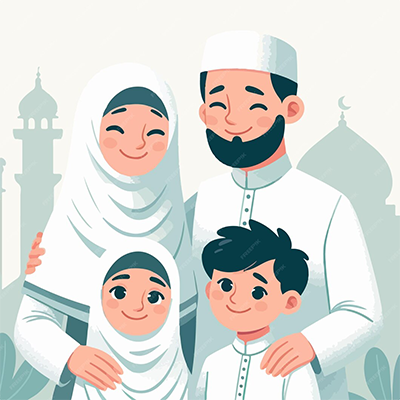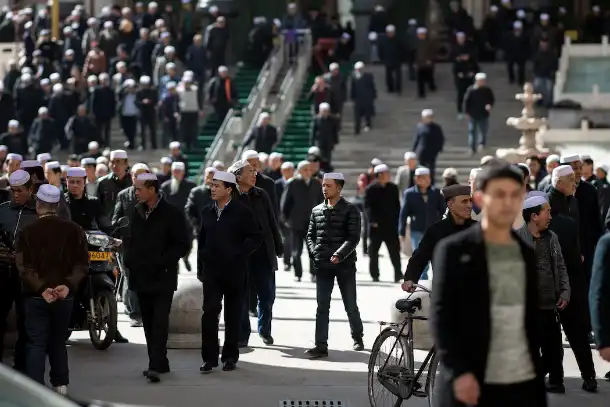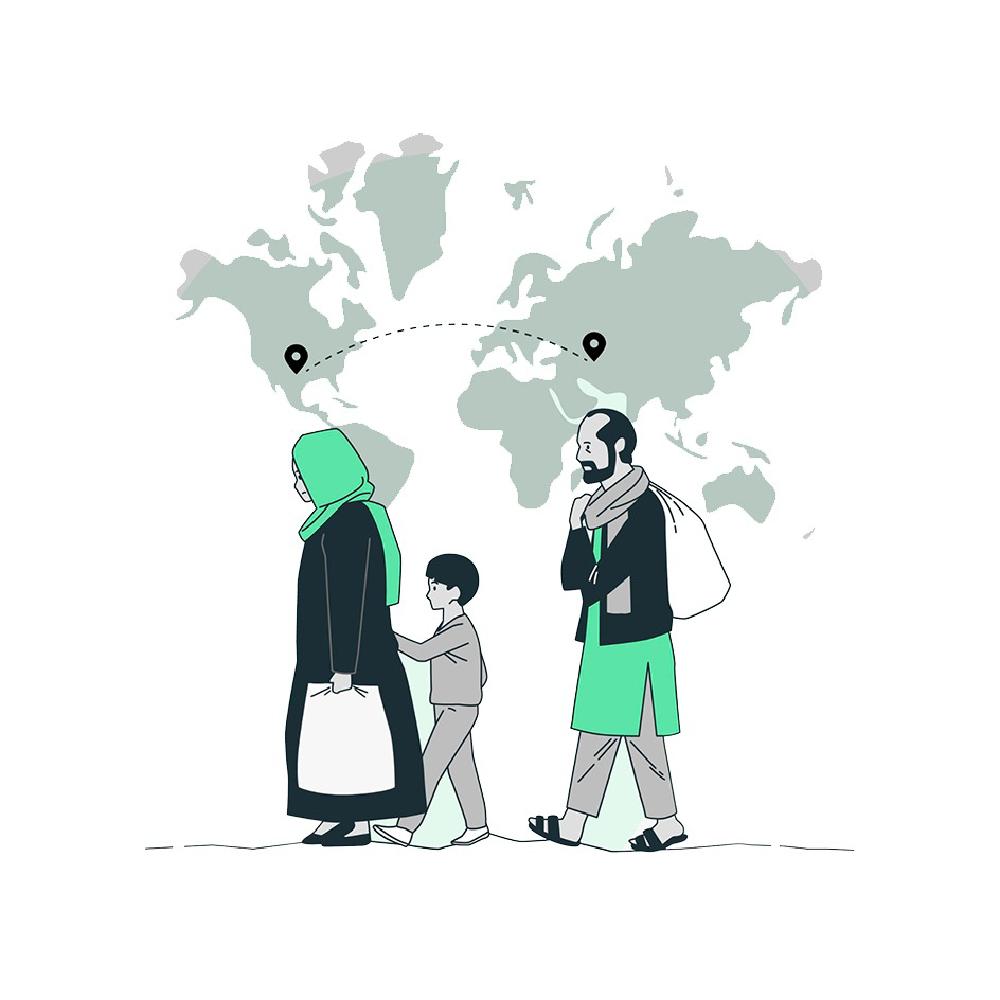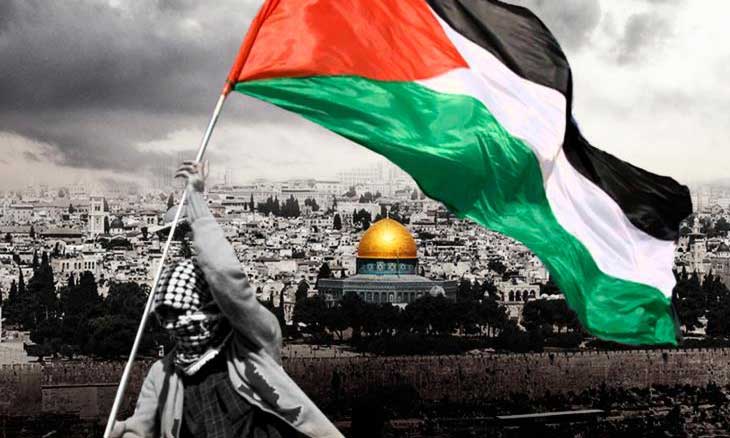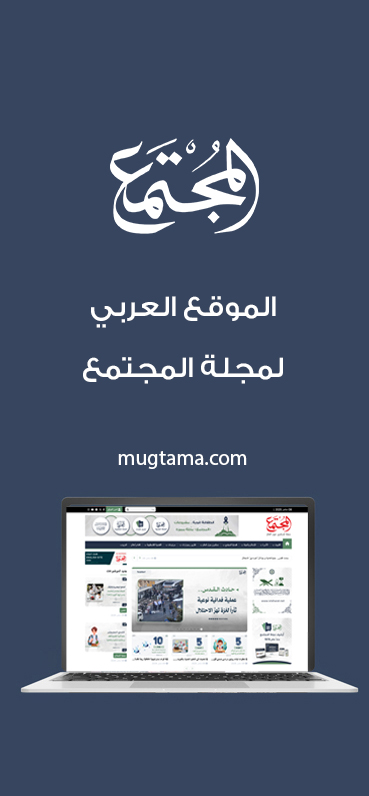Economy of the Poor: Between Survival and Innovation
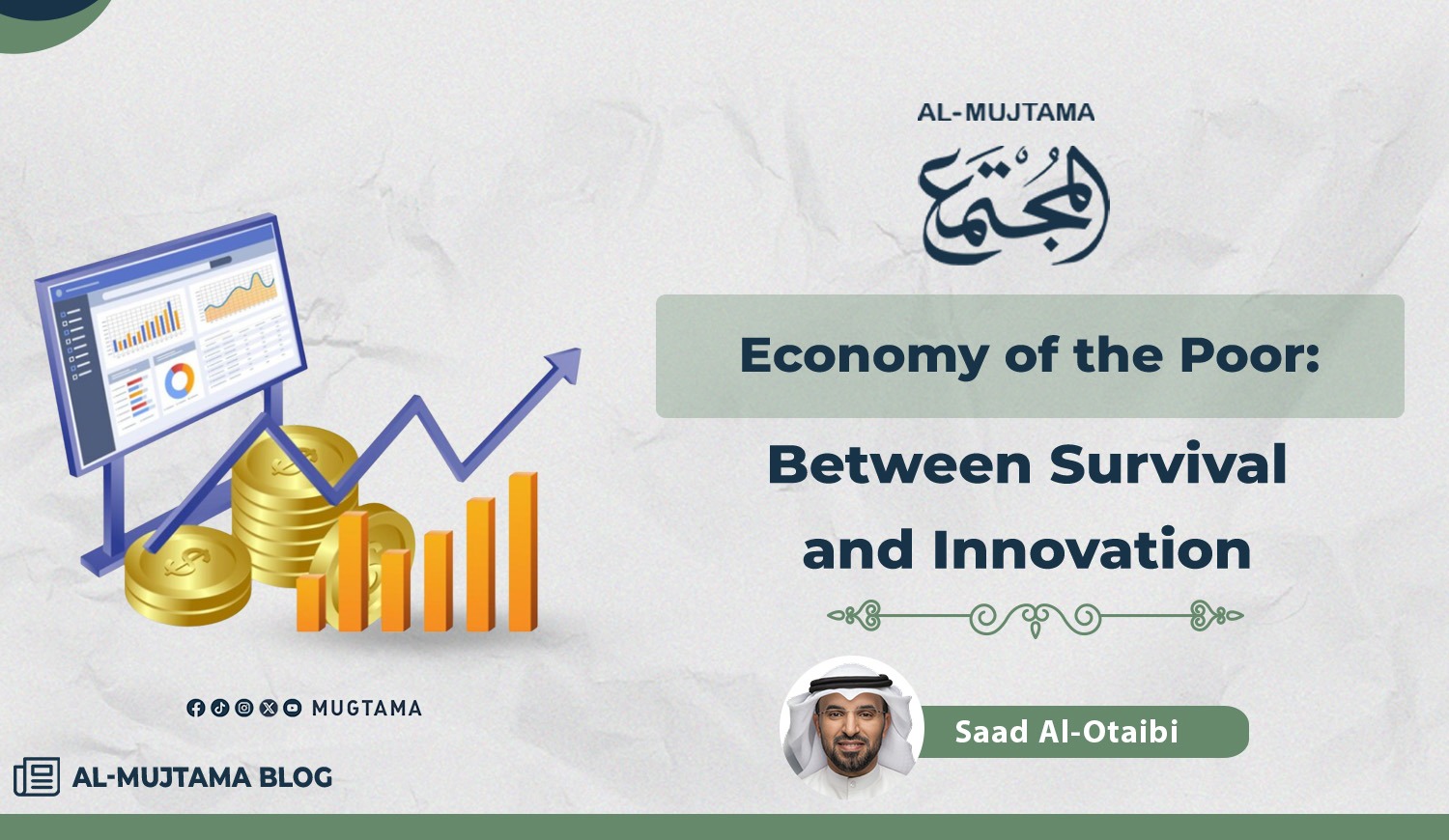
In every society, there are multiple social classes, but the poor always innovate their own patterns for
survival. This is known as the economy of the poor, or the informal economy,
which emerges outside government oversight and official legislation. It is an
economy based on simplicity, flexibility, and directness, where people seek to
meet their daily needs at the lowest possible cost.
Patterns of Living and Consumption
The poor are distinguished by their ability
to recycle resources and reuse them multiple times, and to purchase their needs
in very small quantities that match their daily income. They do not buy a large
bag of rice or sugar, but only what suffices for a day or two. They also rely
on sharing—whether in housing, transportation, or even household tools—in order
to reduce the financial burden.
Popular Means of Transportation
Walking long distances, using bicycles or
motorcycles, or relying on popular transport such as tuk-tuks, minibuses, and
rickshaws all reflect the poor’s ability to find practical solutions that suit
their limited means. Despite their simplicity, these methods represent the
daily lifeline of millions of families, enabling them to travel to work or the
market at minimal cost.
Parallel Markets
When the poor find entry into the formal
market costly or complicated, they create their own markets: weekly popular
markets, street stalls, street vendors, or even sales from homes. Sometimes
these activities evolve into what is known as the shadow economy or black
market, but in reality, they are merely a practical response to the pressures
of daily living.
Applied Model: Digital Wallet in Somalia
Amid the economic and political turmoil
Somalia has faced for decades, and with the weak value of the Somali shilling
against the US dollar, telecommunications companies emerged to provide an
innovative solution through the EVC Plus service: a digital wallet that
enables citizens to transfer money, receive it, and pay for purchases via
mobile phones.
This service turned into a lifestyle, with
most Somalis relying on it for their daily transactions, even for buying bread
or paying transportation fares. This model proved that the economy of the poor
can rapidly adopt digital solutions when they meet their basic needs,
transforming from a simple shadow economy into an alternative digital economy
that protects people from the fragility of banks and currency fluctuations.
The Role of Charity in Empowering the Economy of the Poor
Alongside the role of the state in
regulation and protection, charitable and humanitarian work comes as a key
factor in supporting the economy of the poor—not only through direct aid but
also through economic empowerment programs. Experience has shown that providing
microfinance or interest-free loans to low-income families opens new doors for
them to live with dignity.
Through programs supporting
micro-enterprises, charities can help families
establish small kiosks, sewing workshops, food carts, or even own popular means
of transport (such as tuk-tuks and motorcycles for hire). These initiatives not
only secure sustainable income for the poor but also create a popular economic
movement that contributes to strengthening the local market and reducing
unemployment.
In this sense, charity transforms from
merely providing temporary assistance into a sustainable tool of change,
shifting the poor from being consumers of aid to becoming producers capable of
supporting their families and contributing to the economic cycle.
The Global Scale of the Informal Economy
The numbers reveal the scope of the
phenomenon: United Nations reports indicate that more than 60% of the global
workforce—about two billion people—work in the informal economy. In Africa, the
percentage reaches 85.8% of total employment, while in Asia and the Pacific it
is about 68.2%. As for contribution to GDP, this economy accounts for around
35% in low- and middle-income countries, compared to only 15% in developed
nations.
Challenges and Opportunities
Although it provides a livelihood for
millions, the economy of the poor faces major challenges, the most important
being: the absence of social protection, low quality of goods and services, and
depriving the state of important tax revenues. On the other hand, this economy
represents a real opportunity, as it offers the poor flexibility and
adaptability and showcases social creativity in facing crises—as happened in
Cuba when the informal private sector came to represent more than 55% of retail
sales in 2024.
Investment Opportunities in the Economy of
the Poor
The needs of the poor are not a burden as
some may think, but rather, they are developmental investment opportunities
that can help drive the local economy and build new markets. Micro-projects,
microfinance services, and the development of their daily life tools are all
pathways that can turn into economic levers if managed wisely. The real
challenge, however, is ensuring that the poor are not exploited through
burdensome interest rates or impossible conditions, but rather empowered to be
genuine partners in development, benefiting with dignity from the fruits of
their efforts.
-------------------------------------------------------------
Read Also:





